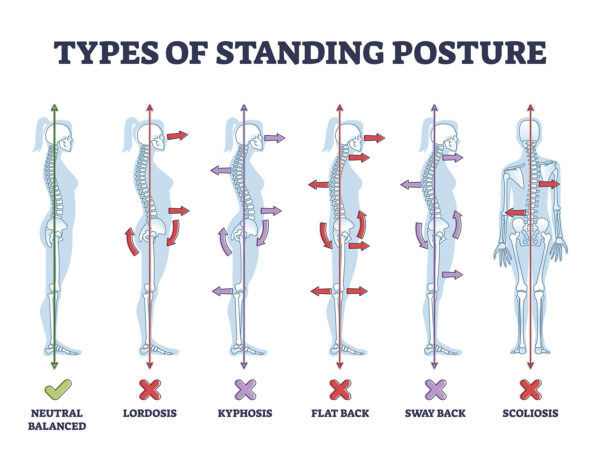Understanding the Basics of Bulking
Bulking is a common practice among bodybuilders and fitness enthusiasts aiming to gain muscle mass. It involves consuming more calories than one burns to create a caloric surplus, providing the body with extra energy to build muscle. There are two primary approaches to bulking: clean and dirty.
Clean Bulking: A Focused Approach
Clean bulking is often referred to as “lean bulking.” It emphasizes a controlled caloric surplus while prioritizing nutrient-dense foods. Here’s what sets it apart:
- Controlled Caloric Surplus: Typically, a modest surplus, often ranging from 250 to 500 extra calories daily, is maintained.
- Nutrient-dense Foods: Emphasis is on whole foods like lean meats, whole grains, healthy fats, and vegetables.
- Balanced Macronutrient Split: Adequate protein, carbohydrate, and fat intake based on individual needs and goals.
Dirty Bulking: The Relaxed Route
Dirty bulking is less restrictive, allowing for a greater caloric surplus without a stringent focus on food quality. Characteristics of dirty bulking include:
- Larger Caloric Surplus: Often exceeding 500 extra calories daily, sometimes even more.
- Flexible Food Choices: More processed foods and “junk” foods can be incorporated.
- Potential for Rapid Weight Gain: Faster muscle and fat gain can occur due to the larger surplus and less controlled food choices.
Pros and Cons of Each Approach
Clean Bulking:
- Pros: Better micronutrient intake, more consistent energy levels, lesser fat gain, and overall better health.
- Cons: Requires more planning, potentially slower muscle gain, and might feel restrictive to some.
Dirty Bulking:
- Pros: Faster weight and muscle gain, less time spent on food preparation, and the freedom to indulge in cravings.
- Cons: Potential for excessive fat gain, might lead to health complications from frequent consumption of unhealthy foods, and possible micronutrient deficiencies.
Which Approach is Right for You?
The ideal bulking approach often depends on individual goals, metabolism, and preferences:
- Clean Bulking: Suitable for those who prefer structured eating, want to maintain a leaner physique during the bulking phase, and prioritize overall health.
- Dirty Bulking: Might appeal to hard gainers (those who struggle to put on weight), those short on time or resources for meal preparation, or individuals at the beginning of their fitness journey who want rapid gains.
Striking a Middle Ground
It’s worth noting that the distinction between clean and dirty bulking isn’t always black and white. Many individuals find success in a hybrid approach, primarily sticking to clean bulking principles but allowing occasional indulgences or larger surpluses on certain days.
In Summary: Quality vs. Quantity
Clean bulking and dirty bulking differ fundamentally in terms of food quality and quantity. While clean bulking prioritizes the quality of food and a controlled surplus, dirty bulking leans more towards sheer caloric intake. Both methods can lead to muscle growth, but the broader health implications, rate of fat gain, and sustainability can differ. Choosing an approach should be based on individual goals, health considerations, and personal preferences.







